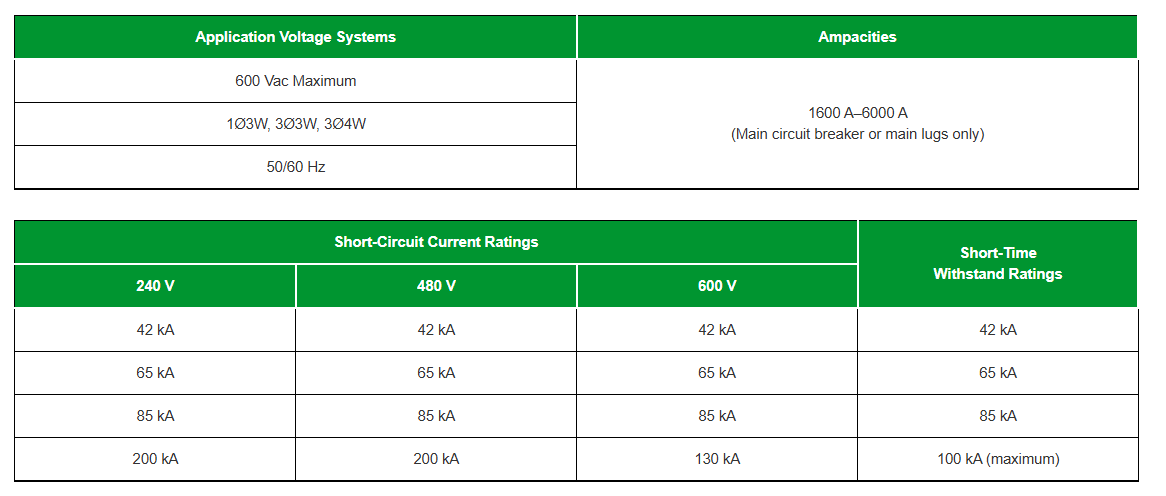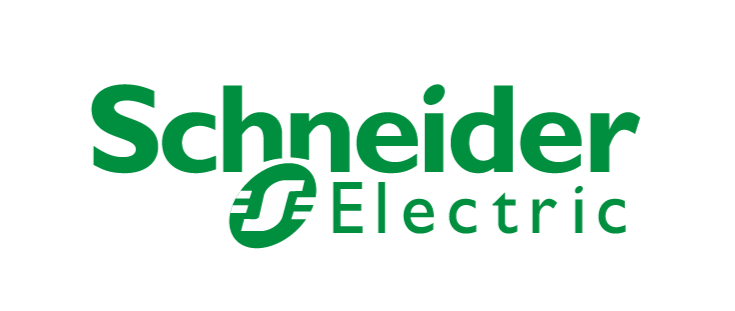Power-Zone™ 4 Low Voltage Switchgear with MasterPacT™ MTZ or NW/NT Circuit Breakers
discuss personally
Model
| Brand | Schneider |
| Model NO. | Power-Zone™ 4 Low Voltage Switchgear with MasterPacT™ MTZ or NW/NT Circuit Breakers |
| Rated normal current | 1600A |
| Series | Power-Zone™ 4 |
General
Square D™ brand Power-Zone™ 4 low voltage, metal-enclosed, drawout switchgear is designed to provide superior electrical distribution, protection, and power quality management. The prime components of the switchgear are the MasterPacT™ ANSI rated circuit breaker. Power-Zone 4 switchgear is designed to maximize the functionality of the MasterPacT circuit breakers, which, in turn, deliver maximum uptime, system selectivity, ease of maintenance, and reliable circuit protection. All of these features are packed into the smallest footprint available for low voltage drawout switchgear.
Features
Equipment Ratings







